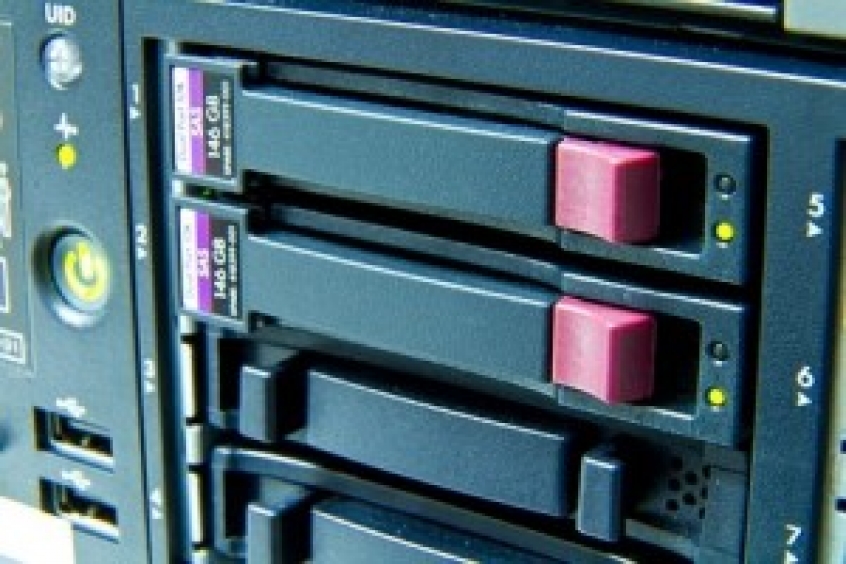- Home
- About Us
- Recovery Services Individual RecoveryEnterprise RecoveryAdditional Recovery
- Software
- Testimonials
- Locations
Many S.M.A.R.T. utilities were designed for hard disk drives so be sure you select a utility that is compatible with SSDs!
Can I use S.M.A.R.T. on SSDs...
S.M.A.R.T. which stands for Self-Monitoring Analysis and Reporting Technology is a fantastic tool for anticipating hardware errors on hard disk drives. The utility can test for bad sectors and some software can even test for temperature, core speed and system fan speed anomalies. When S.M.A.R.T. software indicates an imminent hard drive failure, the user is notified so that data can be backed up and data loss avoided. These hard drive diagnostic programs are widely used on mechanical hard disk drives and RAID, but how reliable are they on solid state drives SSDs?
Checks include electrical and mechanical performance and read/write error rates. Electrical tests include RAM and read/write circuitry. Mechanical tests seek servo information on data tracks, scanning for bad sectors across the entire disk surface. However solid state drives are constructed very differently, although flash media does develop errors over time – normally bad flash blocks in the NAND memory chips. Just like traditional hard disk drives, the controller manages these bad blocks and re-maps them to ‘extra’ blocks. Eventually the drive will run out of ‘extra’ blocks and S.M.A.R.T. is quick to identify this.
The last installment of this particular blog offered the basics of RAID 5 recovery technology and used a very simple truth table to illustrate the four (4) states of XOR mathematics. This week we will dig a little deeper into the technology and hopefully offer a clearer understanding of how the normal end user can in fact do RAID 5 recovery.
Once again, XOR mathematics offers four actions that work on a bitwise truth table. This truth table when used properly can in fact help one to not only recover their lost RAID data but find out critical facts like, drive order, stripe size, offset calculations, and RAID 5 symmetry. Let’s first take a look at what XOR math will do on actual live data. In order to do that, we must understand how data is stored on the computer in its most primitive state and how viewing that data in a certain way offers us a method for recovery.
We are going to start with a simple ASCII table which defines certain characters in an eight bit environment. Eight bit of course meaning the size of the data type. So each character has its own eight bit value and can be illustrated in several ways. As an example, let’s take the letter ‘A’. In the ACSII table the letter ‘A’ is represented by the decimal number 65. In binary, displaying all bits, the letter ‘A’ is represented by 01000001. Let’s now take the letter ‘Z’ and its ASCII table representation which is signified by the decimal number 90. The ‘Z’ in binary is expressed as 01011010. So, to explain this further, when the computer sees the number 65 it translates it into an ‘A’, and when it sees a 90, it translates that into a ‘Z’.
Now that we have the binary representation of the letter ‘A’, and the letter ‘Z’, let’s perform XOR operations on all eight bits and see what happens. Please refer to the previous blog on the XOR operation to see how the result was achieved.
Copyright © 2025 DataRecoup Recovery Services. All Rights Reserved. Designed by DataRecoup Lab.




